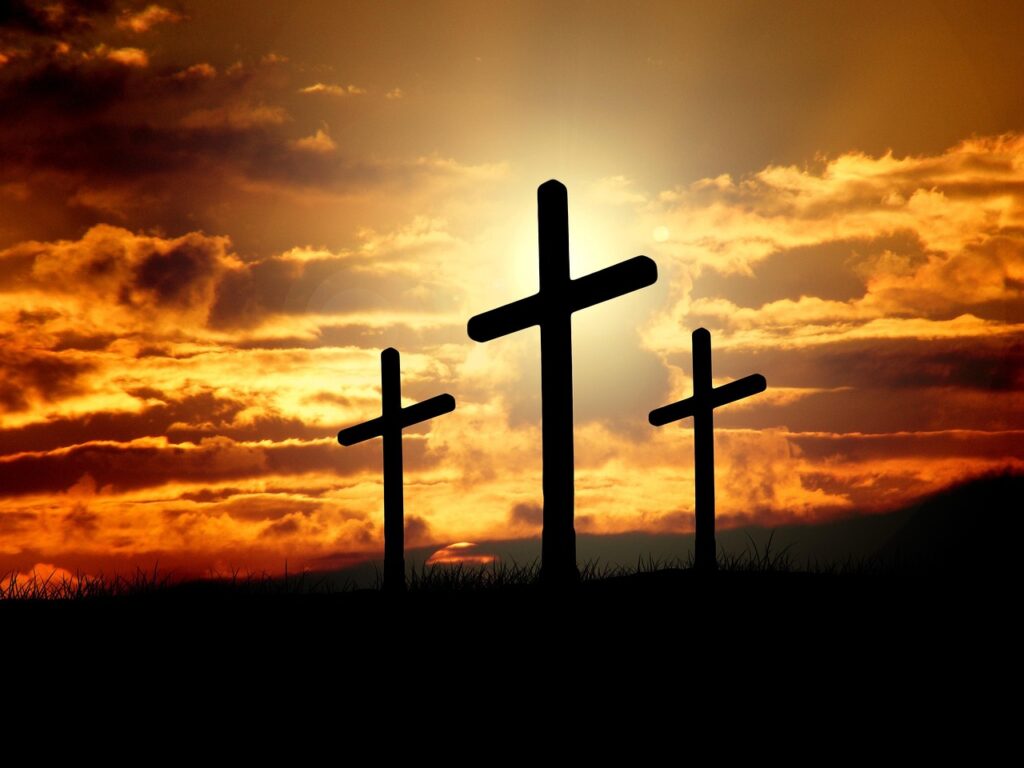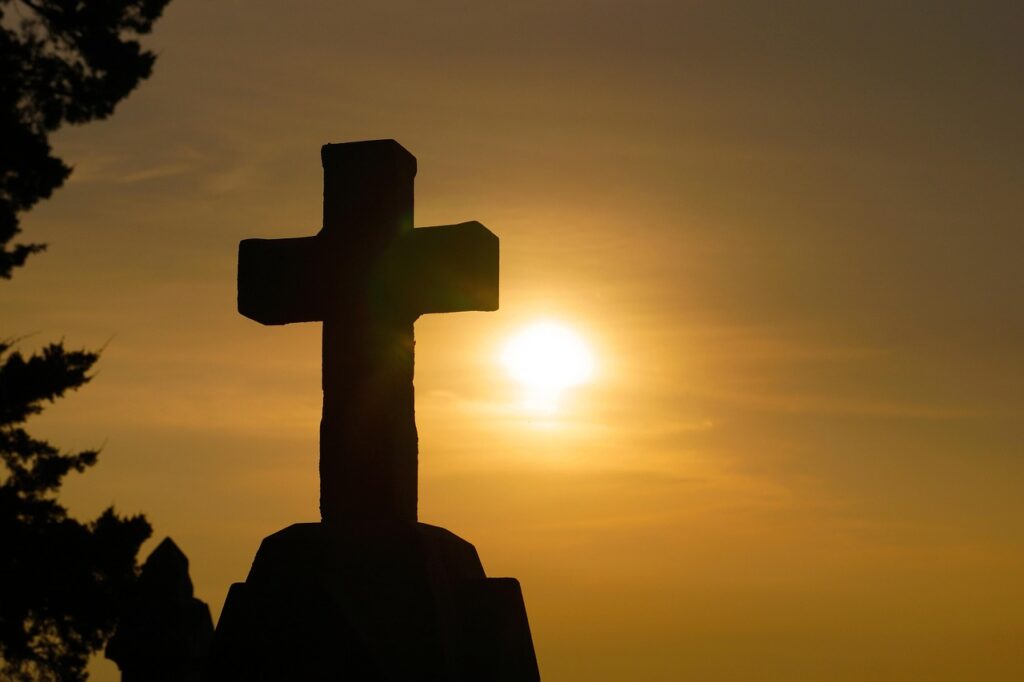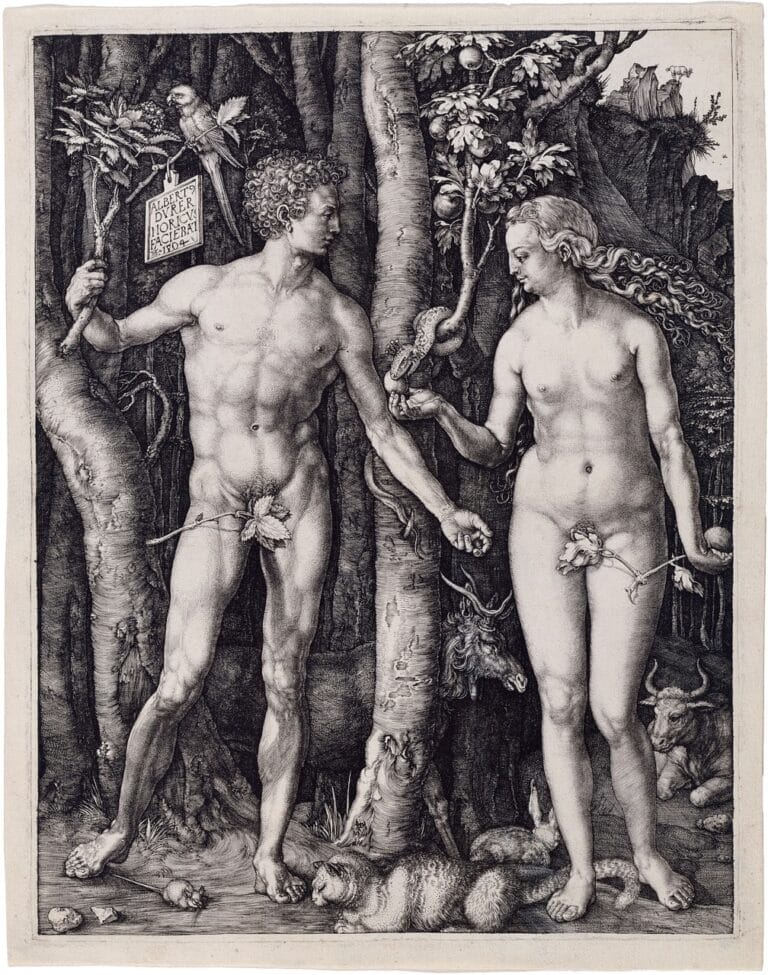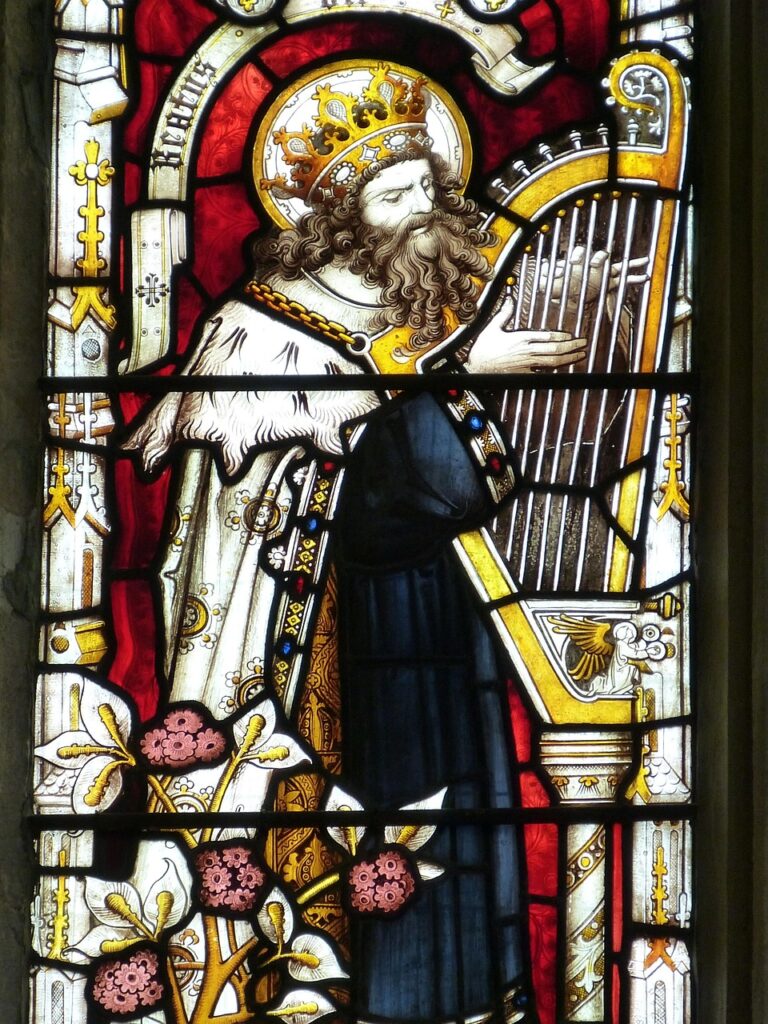
During the Crucifixion Week, two significant Sabbaths occurred, shaping the events surrounding Jesus’ death and resurrection. Understanding these Sabbaths provides deeper insight into the biblical narrative and the cultural practices of the time. This article explores what happened during these Sabbaths and their implications for the resurrection story.
The Significance of the Sabbaths
Sabbath holds great importance in Jewish tradition, marking a day of rest as commanded in the Torah. It begins at sunset on Friday and ends at sunset on Saturday. For Christians, the Sabbaths during the Crucifixion Week are particularly meaningful as they frame the timeline of Jesus’ crucifixion, burial, and resurrection.
The first Sabbath of this week was the regular weekly Sabbath, while the second was the Passover Sabbath, which was a special observance. This distinction is crucial because it influenced the actions of Jesus’ followers and the events that unfolded. Understanding these Sabbaths sets the stage for the events leading to the resurrection.
The First Sabbath: The Day of Rest

The first Sabbath during the Crucifixion Week was a regular weekly observance. After Jesus was crucified on Friday, His body was taken down and laid in the tomb before sunset, marking the beginning of the Sabbath. This timing was significant as it meant that no work could be done, including preparing Jesus’ body for burial.
Jesus’ followers, including women who had come with Him from Galilee, were deeply saddened by His death. They had hoped He was the Messiah who would save them. With the onset of the Sabbath, they had to refrain from their mourning rituals. The Sabbath was a day of rest, and they were unable to perform the necessary tasks to anoint Jesus’ body properly. This created a sense of urgency and anticipation for what would happen after the Sabbath ended.
The regular Sabbath also served to highlight the significance of Jesus’ death. It was a time when the faithful reflected on the importance of the law and God’s commandments. For the disciples, it was a moment of grief and confusion, as they struggled to reconcile their expectations of Jesus as a king with the reality of His crucifixion.
The Second Sabbath: The Passover Sabbath
Following the regular Sabbath, the second Sabbath of the week was the Passover Sabbath. Passover is a Jewish festival commemorating the Israelites’ escape from slavery in Egypt, which adds layers of significance to the events of this week. This particular Sabbath was not only a day of rest but also a time of celebration and remembrance.
The Passover Sabbath began on the evening of the first Sabbath and lasted until the following evening. Many Jews would have been gathered in Jerusalem to celebrate this important festival. Its timing was crucial, as it coincided with the events surrounding Jesus’ death and subsequent resurrection. The symbolism of Passover is profound, as it represents liberation and salvation, themes central to Jesus’ message.
During this Sabbath, the disciples remained in hiding, fearful for their lives. Their leader was dead, and they were uncertain about the future. The tension in the air was palpable, as rumors of Jesus’ resurrection circulated among His followers. They likely felt a mixture of fear and hope as they awaited the end of the Sabbath.
The Role of Women During the Sabbaths

The women who followed Jesus played a vital role during the Sabbaths of the Crucifixion Week. After the first Sabbath, they prepared spices and ointments to anoint Jesus’ body. This act of devotion was a way to honor Him, even in death. However, they were unable to carry out their plans until the Sabbath was over.
After the Passover Sabbath ended, the women set out early on Sunday morning to the tomb. They were filled with anticipation, ready to perform the final acts of love for their beloved teacher. Their journey was marked by the uncertainty of what they would find. Would they be able to access the tomb? Who would roll away the stone?
The women’s dedication is a testament to their faith and loyalty. Their actions set the stage for one of the most significant moments in Christian history: the discovery of the empty tomb. Their willingness to serve and honor Jesus, even in His death, highlights the importance of women in the early Christian community.
The culmination of the events surrounding the two Sabbaths occurred with the resurrection of Jesus. Early on Sunday morning, the women arrived at the tomb, only to find it empty. The stone had been rolled away, and angels informed them that Jesus had risen. This moment is pivotal in Christian belief, as it signifies victory over sin and death.
The resurrection took place on the first day of the week, breaking the traditional Sabbath observance. This act symbolizes the beginning of a new covenant and the fulfillment of Jesus’ promise of eternal life. The resurrection transformed the understanding of the Sabbath for Christians, who began to observe Sunday as a day of worship and celebration.
This event also emphasizes the transition from the old covenant to the new. The Passover, which celebrated liberation from slavery, now points to a new kind of freedom found in Christ. The resurrection not only fulfilled the prophecies but also offered hope to all who believe.
Lessons from the Two Sabbaths
The two Sabbaths during the Crucifixion Week offer valuable lessons. They remind us of the importance of rest and reflection in our lives. Just as the Jewish people observed the Sabbath to honor God, we too can benefit from taking time to pause and reconnect with our faith.
The contrast between the despair of the first Sabbath and the joy of the resurrection highlights the transformative power of hope. Just as the women took the initiative to honor Jesus, we are called to act in faith, even in difficult circumstances. The hope of resurrection encourages believers to persevere through trials and uncertainties.
Additionally, the role of women during this time reminds us of the contributions of those often overlooked in history. Their faithfulness and dedication serve as a model for how we can support one another in our spiritual journeys.
Conclusion
The two Sabbaths during the Crucifixion Week are crucial to understanding the events surrounding Jesus’ death and resurrection. They highlight the cultural and religious practices of the time while emphasizing themes of hope, faith, and transformation. As believers reflect on these events, they gain a deeper appreciation for the significance of the resurrection and its implications for their lives today. The story of the Sabbaths invites us to rest, reflect, and rejoice in the promise of new life.
FAQs
1. What is the significance of the Sabbath in Jewish tradition?
The Sabbath is a day of rest and worship in Jewish tradition, observed from Friday evening to Saturday evening. It commemorates God’s rest after creation and serves as a time for reflection and spiritual renewal.
2. How do Christians view the Sabbath today?
Many Christians view Sunday as a day of worship and rest, commemorating the resurrection of Jesus. It is often a time for gathering in church and participating in community activities.
3. Why is the resurrection important in Christianity?
The resurrection is central to Christian faith as it signifies victory over sin and death. It affirms the belief in eternal life and the promise of salvation for all who believe in Jesus.
4. What role did women play in the events of the Crucifixion Week?
Women were significant figures during this time, showing devotion by preparing spices for Jesus’ body and being the first to discover the empty tomb. Their actions underscore the importance of women in the early Christian community.
5. How can we apply the lessons from the Sabbaths in our lives today?
We can apply the lessons by recognizing the importance of rest, reflecting on our faith, and acting in hope, even in challenging times. The story encourages us to support one another and remain faithful in our spiritual journeys.





